
The Best Ways to Trap Bobcats. The bobcat is the most common wildcat in North America. It's two to three times the size of a domestic cat and inhabits areas of the United States and Mexico. Bobcats are also predators. According to the Internet Center for Wildlife Damage Management, they commonly feed on dogs, cats, poultry, sheep and birds. They also resort to scavenging, which can cause a variety of problems for homeowners and farmers. However, a combination of the right strategy and right equipment can effectively trap these animals.

According to the Internet Center for Wildlife Damage Management, bobcats don't typically hunt with their sense of smell like coyotes and foxes. This makes bait and lures less effective in terms of trapping the animal, compared to other animals, because bobcats typically don't deviate from their course of travel any more than a few yards. However, bobcats do use their vision and hearing as they stalk their prey. Trappers can use this to their advantage and strategically plant traps and items of interest in areas that bobcats use for shelter and hunting.
Steel leghold traps are one style of trap used to capture bobcats. These are types of traps that, when stepped in, will release and clamp around the animal's foot, holding it in place. Leg traps are best placed underneath trees, where they're not noticeable. A way to attract the bobcat to the trap is to hang a flag about 4 feet off the ground from the tree, directly above the trap, which perks the animal's curiosity. Despite the trap's perception, it is designed to merely hold the animal in place and be as minimally hazardous to the animal as possible.
Body gripping traps are those intended for not only capturing bobcats, but for killing them, too. Such traps are spring-loaded and close on the animal in a scissor-like fashion, according to the Internet Center for Wildlife Damage Management. The traps are best utilized when set in trails near bushes or at the ends of a cliff. Strategically placing bait in the area of the traps also helps lure the animals into the traps.
Wire cage traps are large traps that are usually made from fence-like mesh or metal. Such traps can be purchased commercially and are available in a range of sizes, from 15 x 15 x 40 inches to 24 x 24 x 48 inches. To be most effective, the traps should be decorated with grass and brush to make them seem like natural holes. Baiting the trap helps lure the animal, and upon taking the bait, the cage will release and shut, trapping the animal inside.
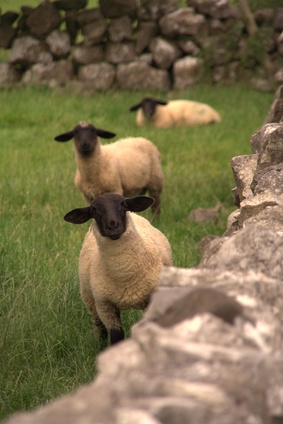 How to Build Leg Muscles on Sheep
How to Build Leg Muscles on Sheep
How
How to Build Leg Muscles on Sheep
How to Build Leg Muscles on Sheep
How
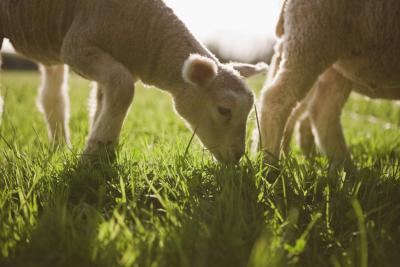 How to Make Sheep Feed
How to Make Sheep Feed
How to Make She
How to Make Sheep Feed
How to Make Sheep Feed
How to Make She
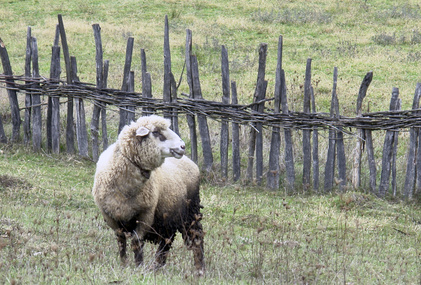 How to Care for Sheep
How to Care for Sheep
How to Care for
How to Care for Sheep
How to Care for Sheep
How to Care for
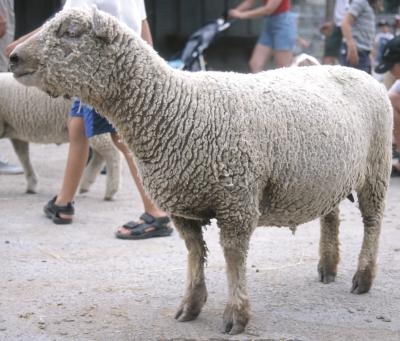 How to Design a Petting Zoo
How to Design a Petting Zoo
How to Des
How to Design a Petting Zoo
How to Design a Petting Zoo
How to Des
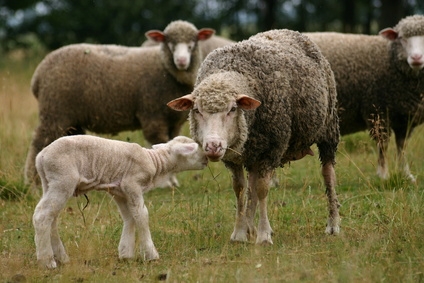 How to Bottle Feed Baby Lambs
How to Bottle Feed Baby Lambs
How to B
How to Bottle Feed Baby Lambs
How to Bottle Feed Baby Lambs
How to B
Copyright © 2005-2016 Pet Information All Rights Reserved
Contact us: www162date@outlook.com